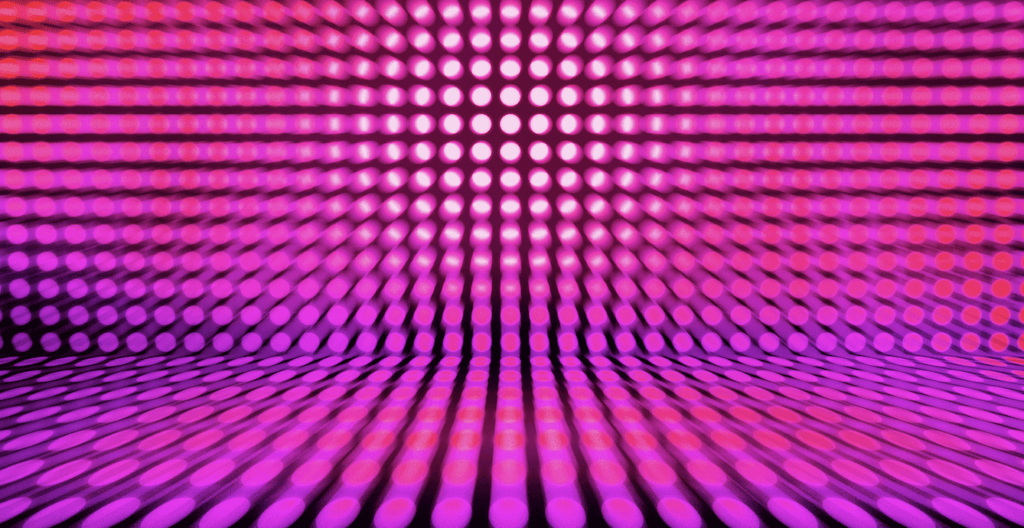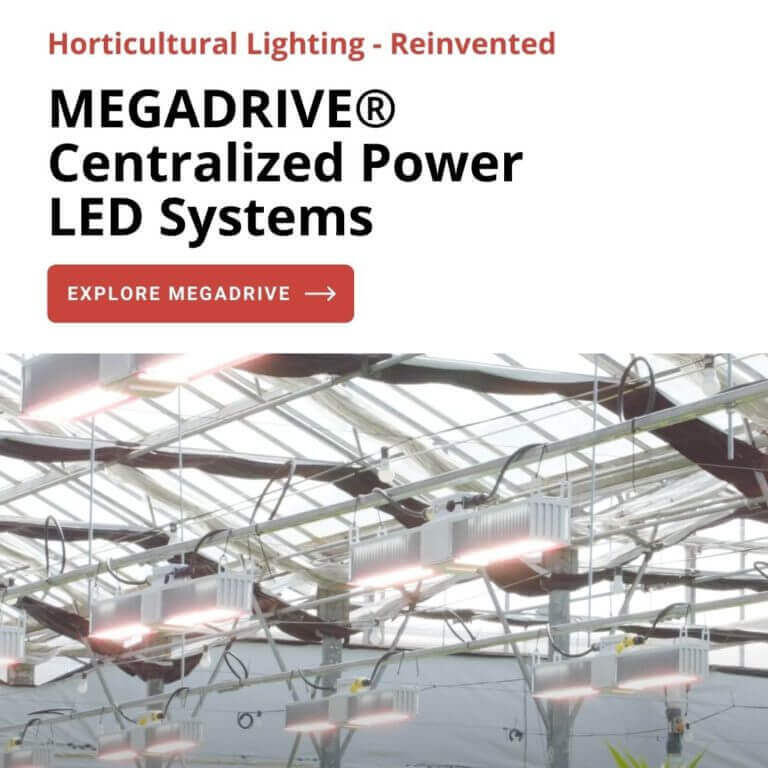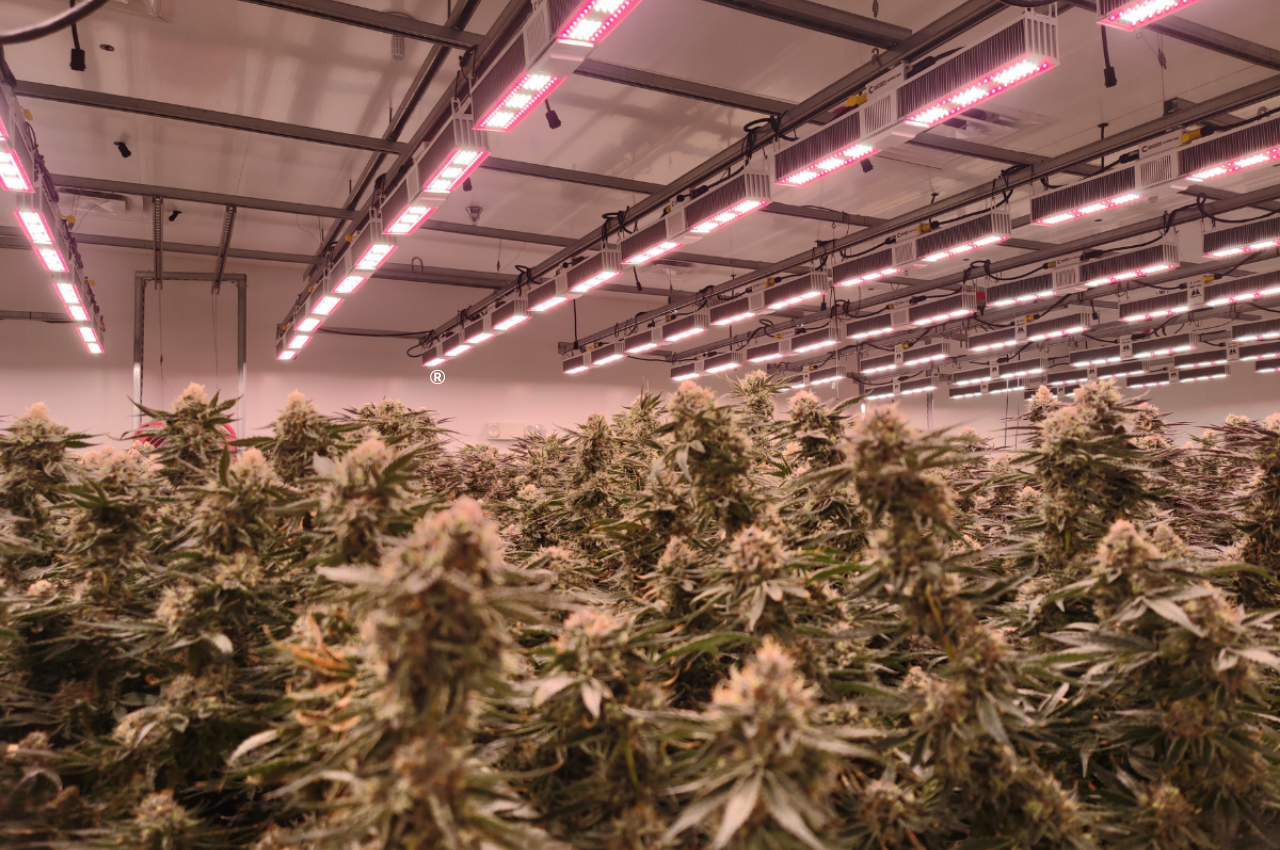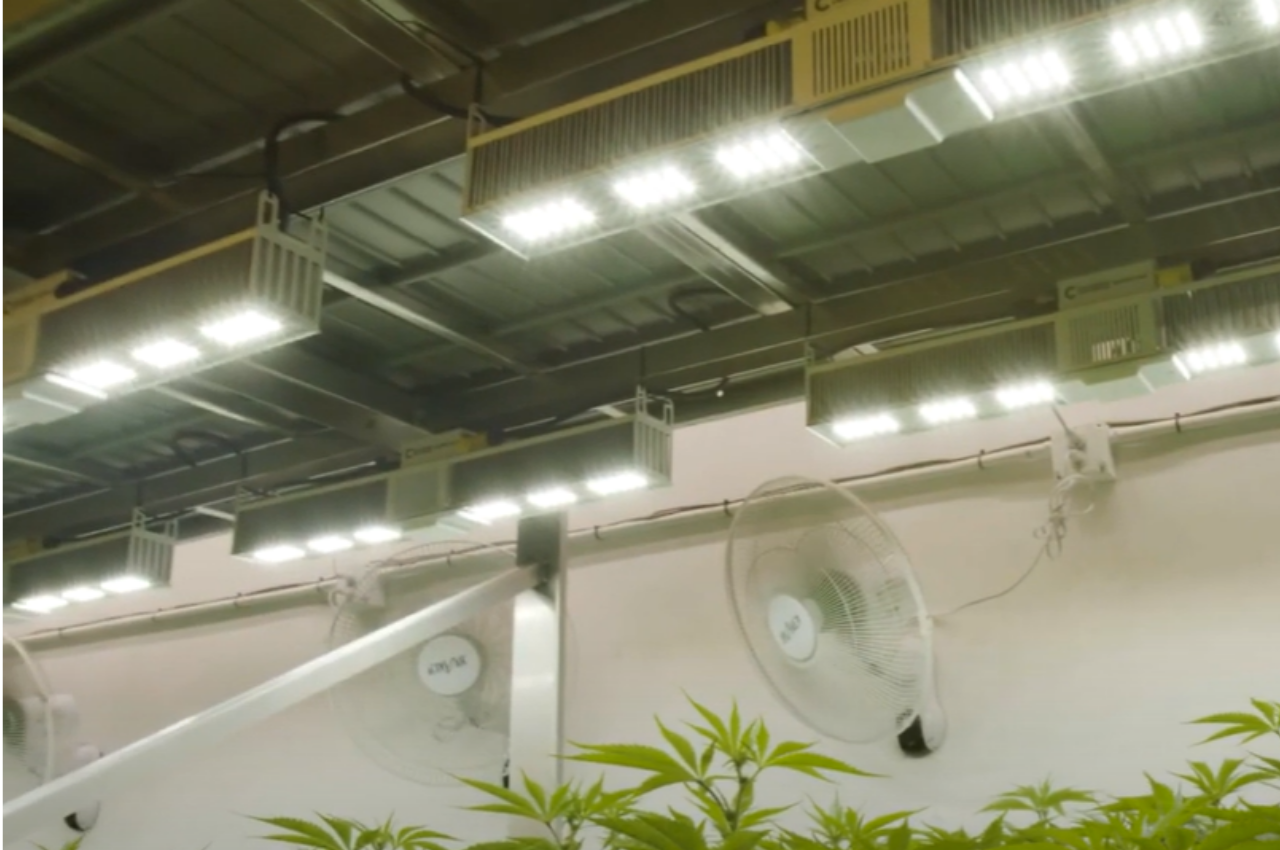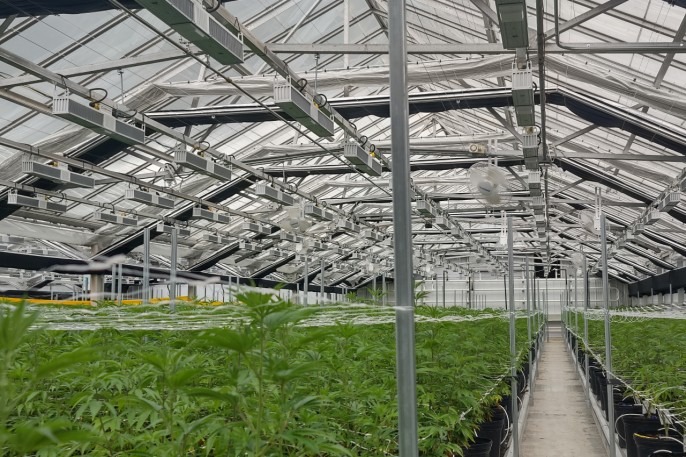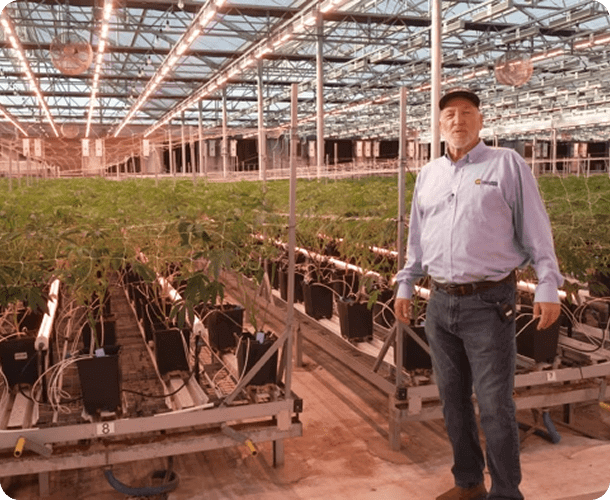There is no question that any grow light can cause harm to your plants if used improperly. As a grower, you’ve likely put a lot of thought into details like hanging distance, supplemental cooling, and hydration, all to be certain your lights are helping your plants thrive, rather than damaging them or wearing them down.
But what about humans? Whether you have a home grow lights or run a large commercial LED grow lights, it’s important to understand how your lights could pose certain risks to you or your employees. The LED lights are very concentrated and can damage your eyes. This is truer than ever with today’s high power LEDs. Never look directly into LEDs and wear sunglasses.
The bottom line is that LED grow lights are no more dangerous than any other type of grow light. HPS is much more dangerous than LEDs – high heat and risk of burns, risk of broken bulbs and fires, high environmental damage due to mercury content, high carbon footprint. This has been studied and proven by CELMA, the Federation of National Manufacturers Association for Luminaires and Electrotechnical Components for Luminaires in the European Union.
However, as with any grow light, it’s important to understand what health risks do come with using LED grow lights so you can protect yourself accordingly. With the proper precautions, you have nothing to worry about.
Do LED Grow Lights Contain Mercury?
One common LED myth is that these grow lights contain dangerous heavy metals such as mercury. While this is incorrect, it is a myth based on a former truth.
With the advancement of LED technology, neither of these things are true today. Nowadays, diodes emit light directly and they don’t contain mercury. Nothing to worry about.
Dangers of LED Light Exposure
LED grow lights are designed to mimic the sun. That’s why they’re so effective for your grows. With spectrum-variable LED lights, you can manipulate the light spectrum to re-create the natural seasons as you plant perceives them.
However, bringing the sun indoors (so to speak) affects you just as it affects your crop. You expose yourself to the same potentially harmful rays as you would spending a day in the sun. This doesn’t mean exposure to LED grow lights will harm you. It just means you have to be smart and prepared if you or your employees spend a lot of time in spaces with high-power LED grow lights.
So what are the risks of LED light exposure? Well, it varies depending on the specific spectrum. To put it in the simplest terms, shorter wavelengths tend to deliver greater risk. Infrared light has the longest wavelength on the visible light spectrum. Reds, oranges, and yellows won’t harm you. It’s blue and UV light—the shorter wavelengths—that you have to keep an eye on.
Can Blue Light Harm People?
There are two potential dangers in excessive exposure to blue light.
The first is one you likely already know about, because it’s an increasingly hot topic as we become more and more reliant on tablets, smartphones, and other gadgets that emit blue light.
Blue light can interfere with your sleep. High energy visible light (blue light) suppresses the secretion of melatonin, which regulates your sleep cycle. This is why you’ve probably been warned against watching TV or scrolling through your phone right before bed. Over-exposure to blue light throws your hormones out of balance and makes it difficult to get the rest you need.
Blue light also can pose a threat to your vision. Your cornea is not great at blocking blue light. This means that blue light can penetrate straight through to your retina, which can lead to damaged cells and the potential for macular degeneration . . . essentially vision loss. Of course, that doesn’t mean that using grow lights will make you blind. It just means you need to take precautions with protective eyewear.
The Potential Danger of UV Light For Humans
As a grower, you know UV light is a powerful force for achieving high potency in your crop. UVB rays cause your plants to produce more oil and resin to protect themselves, ultimately yielding a great product.
As you probably already know from your bottle of sunscreen, humans also need protection from UV light. But it isn’t only about skin care. Let’s dig a little deeper.
UV light is divided into UVA, UVB, and UVC light. UVC has the shortest wavelength, which means it also has the potential to cause the most harm. The sun contains all three, but our atmosphere filters out most of the UVC so it can’t hurt us. Likewise, most LED grow light manufacturers keep UVC out of their supplemental UV lights.
However, most UV lights will contain UVA and UVB. As you probably know, UV rays can cause skin cancer with prolonged exposure and no protection. Again, there’s no need to panic or forego the opportunity to increase the potency of your grow with Supplemental SolarSystem UVB Lighting. You just need to take precautions to protect your skin.
And what about vision?
Like blue light, UVA light penetrates through the retina. Exposure to UVA light has been linked to retinal damage such as cataracts. However, UVB can actually be filtered by the cornea. But that just means your cornea takes the hit. UVB may cause inflammation of the cornea or growths on the surface of the eye.
LED Grow Light Safety
Fortunately, prevention of all these potential injuries is fairly simple. You don’t have to choose between the benefits of LED grow lights and your own safety. You just have to follow a few precautions.
- Wear protective glasses designed for use with LED lights. Sunglasses will protect your eyes from harmful rays, but they’ll give you a discolored view of your crop, making it harder to detect problems. Grow glasses allow you to view your plants naturally.
- Hang lights at least 8 feet off the ground and try to keep a distance of at least 3 feet between yourself and any UV-emitting light fixture. This is often not possible in a grow tent.
- Wear long-sleeved shirts and work with as little skin exposed as possible.
- If you have employees, share these safety tips with them and put up signs to warn of UVA and UVB exposure.
- Use an LED grow light with a view mode in natural white.
You put a lot of thought into creating a grow system that’s safe and healthy for your plants. Do the same for yourself.
And don’t hesitate to seek out your light manufacturer’s guidance and input on risks associated with your LED grow lights. At California LightWorks, we’re always eager to help growers ensure the safest operation possible. If you have any questions about our lights, please reach out.
